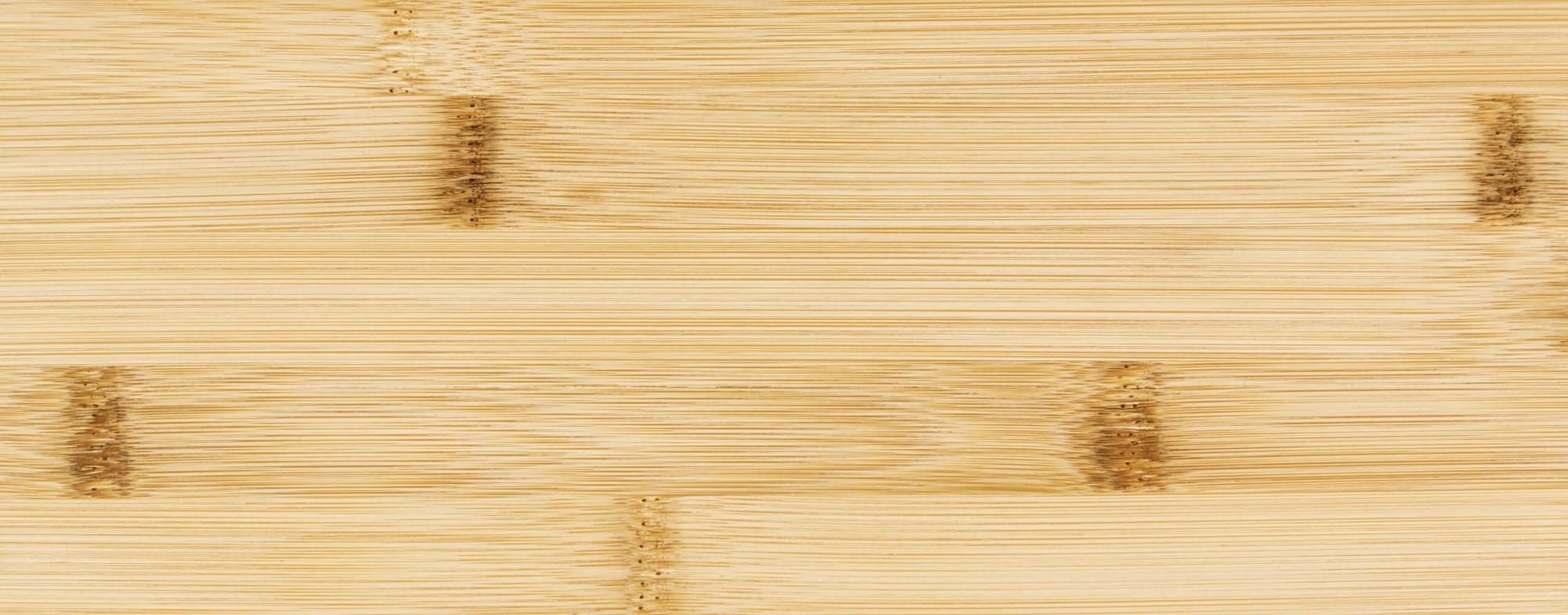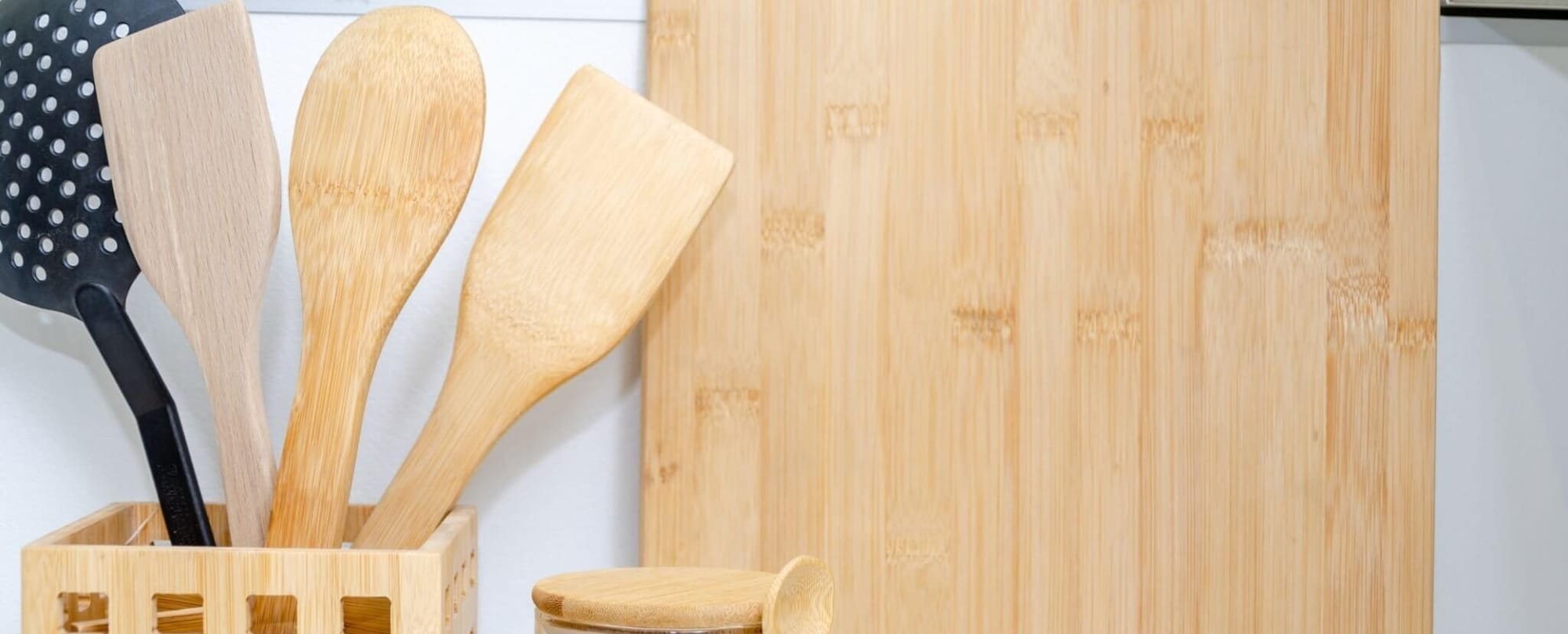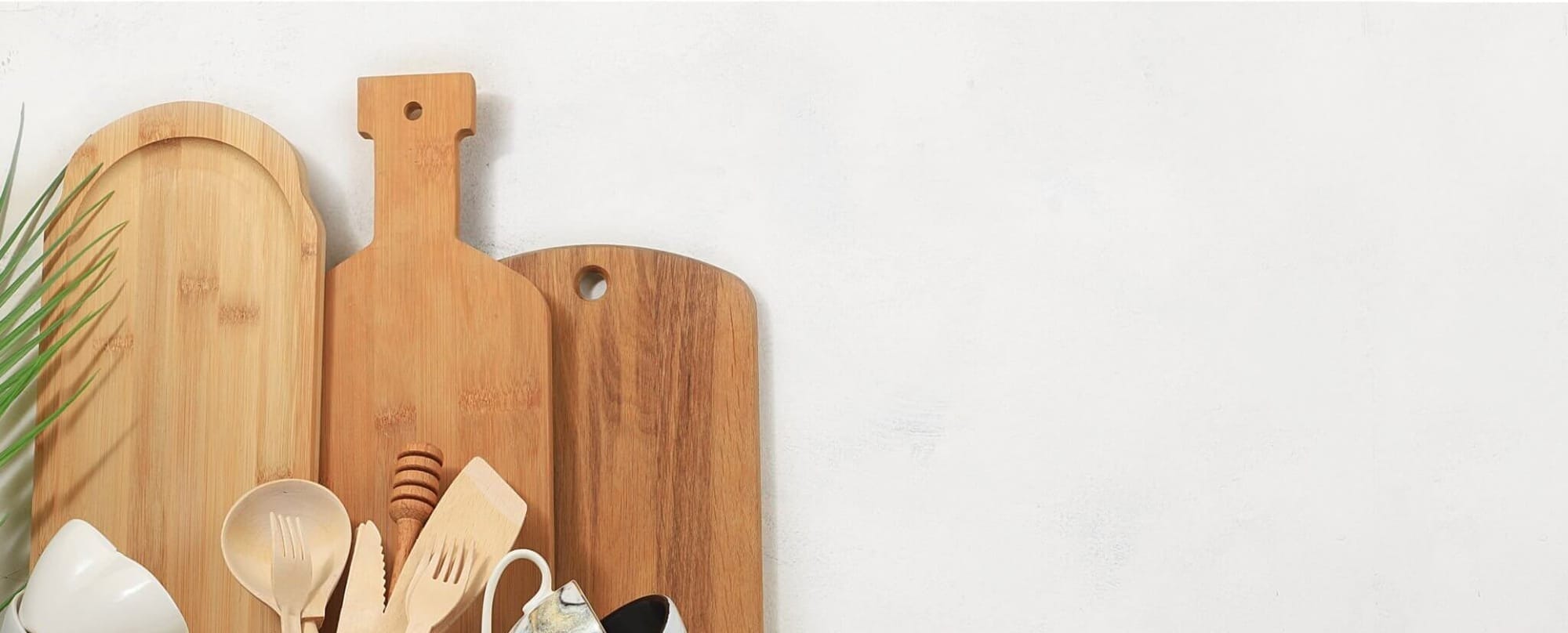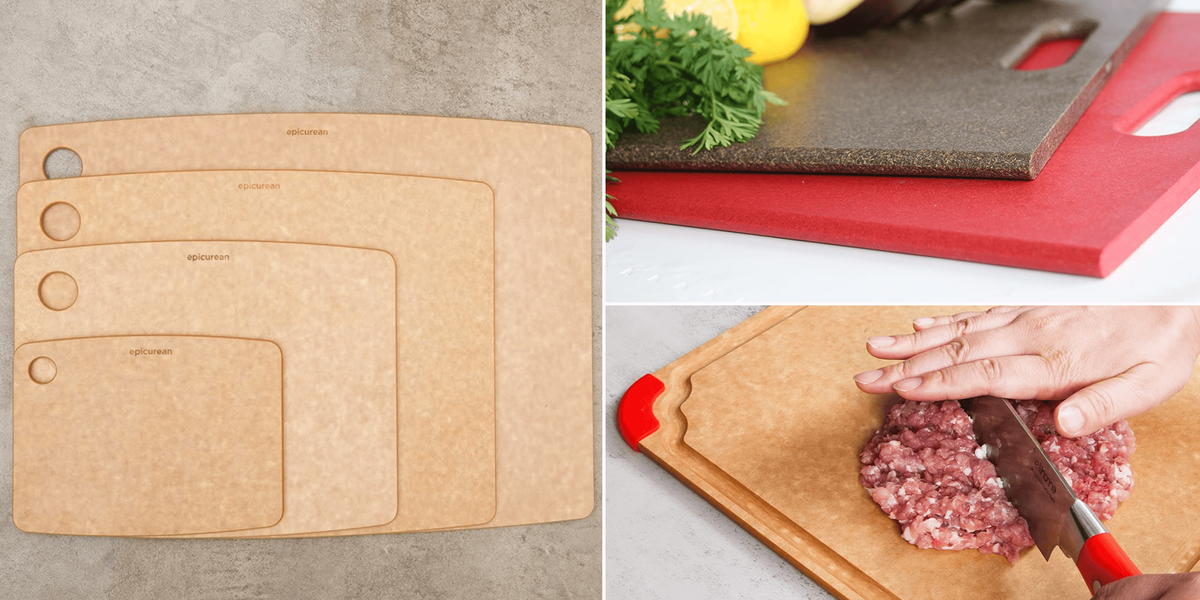Enter bamboo, nature's very own solution to the eco-conscious consumer's dilemma. As an alternative to traditional cutting board materials like plastic and hardwood, bamboo stands out for its remarkable blend of durability, aesthetics, and sustainability. But what makes bamboo the material of choice for those looking to green their kitchens?
In This Article
- Bamboo – A Sustainable Choice
- The Durability of Bamboo Cutting Boards
- Aesthetic and Functional Appeal
- Choosing Your Bamboo Cutting Board
- Frequently Asked Questions
Bamboo – A Sustainable Choice

Natural Properties Galore
Bamboo's allure lies not just in its strength but in its natural properties that make it ideally suited for cutting boards. It's a material celebrated for its durability, able to withstand the rigors of daily kitchen use without easily succumbing to wear and tear. Moreover, bamboo's natural antimicrobial properties ensure a hygienic surface, less prone to harbor bacteria compared to its counterparts.
Rapid Growth, Remarkable Renewability
Unlike traditional woods that may take decades to mature, bamboo's growth rate is astonishingly swift, with some species capable of growing up to 91 cm in a single day. This rapid regrowth makes it a highly renewable resource, ready for harvest within 3 to 5 years, significantly reducing the strain on forests and contributing to a cycle of continuous replenishment.
The Environmental Edge
The environmental benefits of opting for bamboo are multifaceted. From its carbon footprint to its end-of-life impact, bamboo presents a green alternative that's hard to overlook. Its production emits lower carbon dioxide compared to plastic or conventional wood boards, and as a carbon-neutral resource, bamboo plays a crucial role in carbon sequestration, absorbing more carbon dioxide than many tree species during its growth phase. Furthermore, its biodegradability ensures that, at the end of its lifespan, a bamboo cutting board can be composted, returning to the earth without leaving harmful residues.
The Durability of Bamboo Cutting Boards

Bamboo, known for its remarkable strength and durability, is increasingly becoming the go-to material for cutting boards, rivaling traditional wood and plastic options. But what sets bamboo apart in terms of durability?
Strength Compared to Other Materials
Bamboo's natural composition gives it a density and hardness that exceed many types of wood, making it less prone to knife marks and scratches. Its fiber structure offers a resilience that can withstand the demands of daily kitchen use, ensuring a long-lasting surface for cutting, chopping, and slicing. Unlike plastic boards that show wear more quickly and can harbor bacteria in scratches, bamboo maintains a smooth surface longer.
Manufacturing Process and Longevity
The process of transforming bamboo into cutting boards involves several steps that contribute to their durability. After harvesting, the bamboo is usually treated, pressed, and bonded using adhesives that are strong yet safe for food contact. This process not only enhances the strength of the final product but also its resistance to water and moisture, which are common causes of damage in kitchenware. Manufacturers often use heat treatments to further harden the bamboo, giving it superior durability and a longer lifespan.
Maintenance Tips
To maximize the lifespan of bamboo cutting boards:
- Regular Cleaning: Clean your bamboo board with warm, soapy water after each use. Avoid soaking it in water or running it through the dishwasher, as prolonged exposure to water can cause the bamboo to swell and crack.
- Oil Treatment: Periodically apply a food-safe mineral oil to the surface of the board. This helps to maintain its moisture resistance and natural luster, preventing dryness and cracking.
- Avoid Excessive Heat: Do not place hot pots or pans directly on the bamboo cutting board, as extreme heat can warp or split the material.
Aesthetic and Functional Appeal

Bamboo cutting boards are not just about functionality; they also bring an aesthetic appeal to modern kitchens with their sleek and natural look.
Natural Beauty and Kitchen Decor
The warm, natural tones of bamboo can complement any kitchen decor, from rustic to contemporary. Its grain patterns add a touch of elegance, making it a stylish choice that goes beyond its practical utility. Bamboo cutting boards can serve as both a functional kitchen tool and a decorative piece, enhancing the overall look of your cooking space.
Versatility in Design
Bamboo's versatility extends to its availability in various designs, sizes, and shapes, catering to different kitchen needs and preferences. Whether you need a large board for rolling dough, a small one for quick vegetable chops, or a customized shape to fit your kitchen's theme, bamboo offers options to suit every requirement. This flexibility makes bamboo cutting boards a suitable choice for all types of food preparation tasks.
Hygienic Properties
One of bamboo's notable features is its natural antibacterial properties, which make it a hygienic choice for food preparation. The fibers of bamboo contain an antimicrobial agent, bamboo kun, which helps prevent bacteria growth. This property, combined with proper cleaning, makes bamboo cutting boards safer for handling food, providing peace of mind for health-conscious consumers.
Choosing Your Bamboo Cutting Board

When it comes to integrating bamboo cutting boards into your kitchen arsenal, making the right choice involves considering several factors. Here’s how to ensure you pick a bamboo cutting board that meets your culinary needs, supports environmental sustainability, and offers the best value.
Key Factors to Consider
- Size and Thickness: Think about the types of food you typically prepare. A larger board provides ample space for tasks like chopping vegetables or carving meats, while a smaller board might be perfect for quick, daily tasks like slicing fruit. Thickness impacts durability; thicker boards are generally more durable and resistant to warping.
- Grain Type: Bamboo cutting boards come in three main grain types: end grain, flat grain, and vertical grain. End grain boards are durable and good for heavy chopping, flat grain boards offer a smooth cutting surface ideal for general use, and vertical grain boards combine durability with a lighter weight.
- Certifications and Eco-friendliness: Look for certifications that guarantee the bamboo was sustainably harvested and that the product is made without harmful chemicals. Certifications such as the Forest Stewardship Council (FSC) indicate eco-friendly practices. Additionally, ensure adhesives used are food-safe and non-toxic.
Choosing Eco-friendly Products
Sustainability goes beyond just choosing bamboo; it's about ensuring the entire production process respects environmental standards. Certifications can guide you towards products that are truly eco-conscious, minimizing your ecological footprint. They verify that bamboo is grown and harvested sustainably, without deforestation or harmful pesticides, and that the manufacturing process is environmentally responsible.
Reputable Brands and Sources
While numerous brands offer bamboo cutting boards, look for those with strong environmental commitments and positive customer feedback. Brands that are transparent about their sourcing and manufacturing processes are preferable. Reputable sources often provide detailed product information, including the origin of the bamboo, the type of adhesives used, and care instructions. Some well-regarded brands include Totally Bamboo, Bambu, and Greener Chef, known for their quality and sustainability practices.
Frequently Asked Questions
How do I properly care for my bamboo cutting board?
Regularly clean your board with warm, soapy water, avoiding prolonged soaking. Apply food-grade mineral oil periodically to maintain its condition.
Can bamboo cutting boards go in the dishwasher?
It's not recommended to place bamboo cutting boards in the dishwasher as the heat and prolonged water exposure can cause warping and splitting.
Are all bamboo cutting boards eco-friendly?
While bamboo is a sustainable resource, not all bamboo products are created with eco-friendly practices. Look for certifications and brand commitments to sustainability to ensure eco-friendliness.
How often should I replace my bamboo cutting board?
With proper care, bamboo cutting boards can last several years. Consider replacing when the board shows significant wear, deep grooves, or damage that could harbor bacteria.
You Might be Interested in:
For a deeper dive into sustainable bamboo harvesting practices, check out this informative guide by Bamboou.





